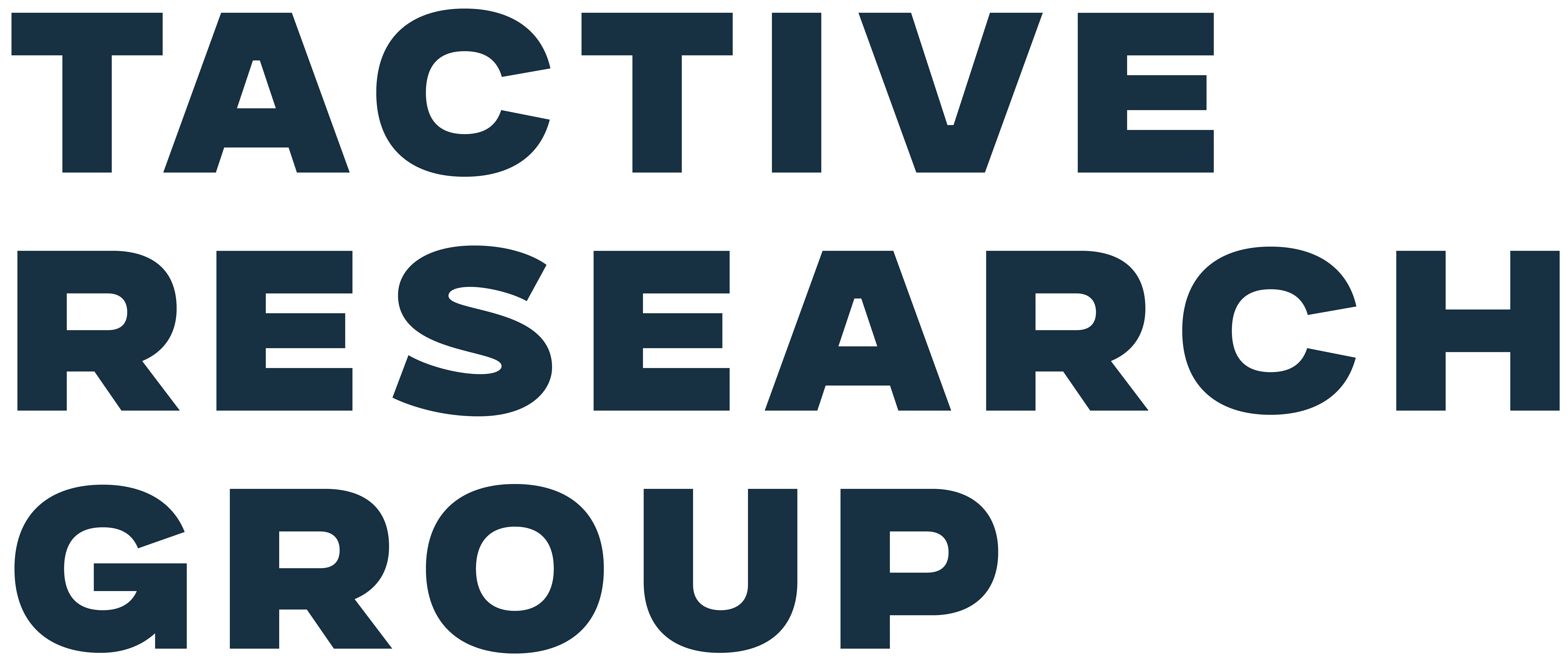Quality Management Systems (QMS) have evolved from paper checklists to dynamic, data-driven ecosystems. However, many organizations still limp along with outdated or poorly integrated tech. In a world where IoT devices, AI-driven expert systems, and cloud platforms are standard tools of the trade, clinging to old methods isn't nostalgia, it's negligence.
Failing to upgrade your QMS will lead to:
- Slower detection and resolution of quality issues
- Higher production costs due to inefficiencies
- Decreased customer satisfaction and brand trust
- A widening competitive gap as digitally mature rivals surge ahead
The Road to Modernization
To successfully modernize your QMS, tackle these five critical areas:
- Internet of Things (IoT) integration. Enable real-time quality tracking by deploying IoT sensors across production lines to predict failures before they happen.
- Business Intelligence (BI) enablement. Develop BI dashboards specifically focused on quality metrics (defect rates, cycle times, NPS) to drive evidence-based quality improvement.
- Cloud computing adoption. Migrate QMS …

